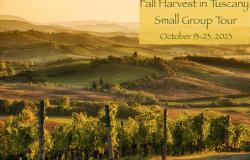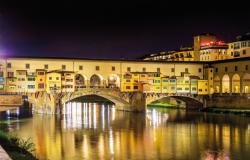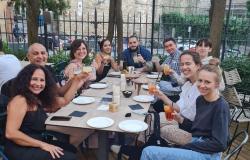A team of astronomers, scientists and historians have recreated the original telescope used by Galileo Galilei, allowing them to see the night sky through the eyes of the 17th-century astronomer for the first time.
The interdisciplinary team from Florence's Museum of the History of Science and the national institutes of applied optics, nuclear physics and astrophysics spent two years reconstructing the telescope for the International Year of Astronomy, which marks the 400th anniversary of Galileo's landmark discoveries.
The team worked with the Experimental Glass Station in Murano to recreate the exact composition of the glass for the lense of the telescope Galileo created and described in his 1610 treatise Sidereus Nuncius ('Starry Messenger'), where he also recorded his first observations.
''It was immediately clear that the telescope is not at all easy to use,'' said Giorgio Strano of the Museum of the History of Science.
Francesco Palla, director of the National Institute of Astrophysics' Arcetri Observatory, said the team's astronomers had nevertheless ''almost finished'' observations of the celestial objects that Galileo would have seen in 1609 using the replica.
''We have observed the moon, the satellites of Jupiter and the phases of Venus,'' Palla said, adding that the Pleiades star cluster and the constellation of Orion had also been studied.
All of the images observed with the replica telescope will be transferred to digital format and published online by the end of the year.
Galileo (1564-1642) created his first telescope in 1608, based on descriptions from the Netherlands where the device was invented.
He initially produced a lens able to magnify objects threefold and soon after created a lens with a magnification of 32.
This put him in a nearly unique position, as he was one of the few people at the time with a lens powerful enough to observe the sky.
He started making regular recorded observations in 1609 and discovered three of Jupiter's moons in 1610. He initially thought they were stars but observing their changing position, soon concluded they were orbiting Jupiter.
Galileo later used his powerful telescope to observe the various phases of Venus.
Both sets of observations played a crucial role in his conclusion that the sun was at the centre of the universe, rather than the Earth, as was commonly believed at the time.
Church opposition to Galileo's sun-centred model flared up immediately in 1612 and would dog Galileo for the rest of his life.
In 1633 he was tried and convicted of heresy and a ban was imposed on the publication or reprinting of any of his works. He was then placed under house arrest, where he spent the remaining nine years of his life.
A host of initiatives has been planned this year to celebrate the International Year of Astronomy in Italy and abroad.





